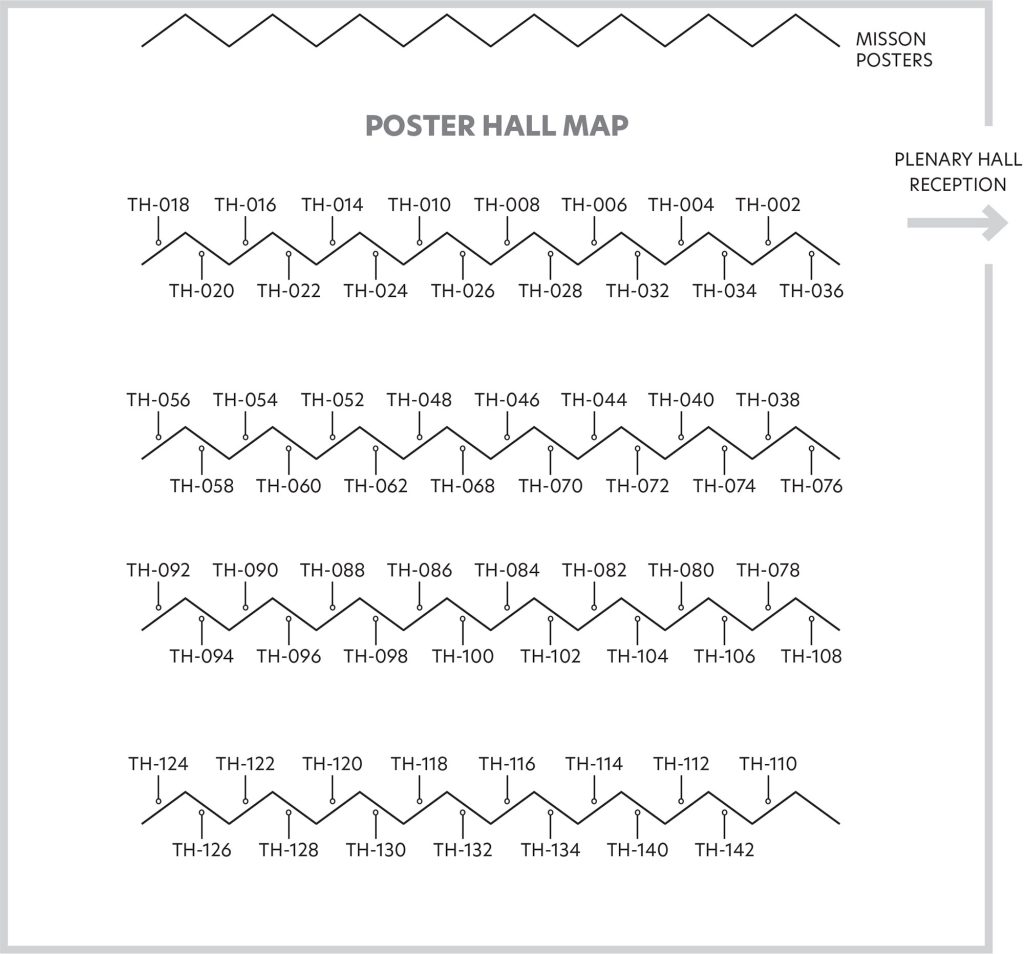POSTER Session 4
Thursday, October 10
11:10–12:50
Poster Session | 1 | 2 | 3 | 4 | Instructions | Schedule at a Glance
ABSTRACT 1059 | POSTER TH-036
COMPARISON OF EXISTING METHODS TO DERIVE PHYTOPLANKTON CELL DIAMETER FROM CYTOMETRY AND WAYS FOR IMPROVEMENTS
Phytoplankton cell size is considered as a fundamental parameter influencing various biological and ecological processes. For example, it conditions cell metabolism (growth, photosynthesis, and respiration), light absorption (Raven, 1984, Finkel, 2000), the ability to assimilate nutrients (Aksnes and Egge, 1991; Hien et al., 1995), abundance, and grazing rate (Kiorboe, 1993; Waite et al., 1997). The CytoSense (Cytobuoy b.v.), allow individual cell analysis, resolving size classes from <1 to 800 μm in width and recording particle profiles (such as cell chains). It provides information regarding size, pigment content, and exact abundances, resolving groups such as cyanobacteria, cryptophytes, and pico-nano-microeukaryotes. The CytoSense also combines laser scatter and fluorescence profiles with imaging to improve cell characterization for large particles. To derive the cell diameter from scattering measurements, different methods exist. Some methods rely on empirical relationships established, most of the time, using standard microspheres. Other methods used theoretical simulations to invert the scattering signal and retrieve the diameter and the refractive index of the particle (Green et al., 2003; Agagliate et al., 2018). In this work, we propose a review of the most commonly used methods. Their respective performance will be established by comparing estimates from cytometry with cell diameters measured in images. At last, a new empirical method is proposed to improve diameter estimates from the CytoSense.
Lucile Duforêt-Gaurier, Laboratoire d’Océanologie et de Géosciences (LOG), Université du Littoral Côte d’Opale (ULCO), France, [email protected], https://orcid.org/0000-0003-3669-4369
Mélilotus Thyssen, Aix Marseille Univ., Université de Toulon, Centre National de la Recherche Scientifique (CNRS), Institut de Recherche pour le Développement (IRD), MIO, Marseille, France, [email protected]
Clémentine Gallot, Aix Marseille Univ., Université de Toulon, Centre National de la Recherche Scientifique (CNRS), Institut de Recherche pour le Développement (IRD), MIO, Marseille, France, [email protected]
Morgane Didry, Aix Marseille Univ., Université de Toulon, Centre National de la Recherche Scientifique (CNRS), Institut de Recherche pour le Développement (IRD), MIO, Marseille, France, [email protected]
Aude Barani, Aix Marseille Univ., Université de Toulon, Centre National de la Recherche Scientifique (CNRS), Institut de Recherche pour le Développement (IRD), MIO, Marseille, France, [email protected]
Daniel Jorge-Schaffer, Univ. Littoral Côte d’Opale, Univ. Lille, Centre National de la Recherche Scientifique (CNRS), Institut de Recherche pour le Développement (IRD), UMR 8187, Laboratoire d’Océanologie et de Géosciences (LOG), France, [email protected]
Gérald Grégori, Aix Marseille Univ., Université de Toulon, Centre National de la Recherche Scientifique (CNRS), Institut de Recherche pour le Développement (IRD), MIO, Marseille, France, [email protected]
Poster Session | 1 | 2 | 3 | 4 |
Instructions | Schedule at a Glance
Questions?
Contact Jenny Ramarui,
Conference Coordinator,
at [email protected]
or (1) 301-251-7708

